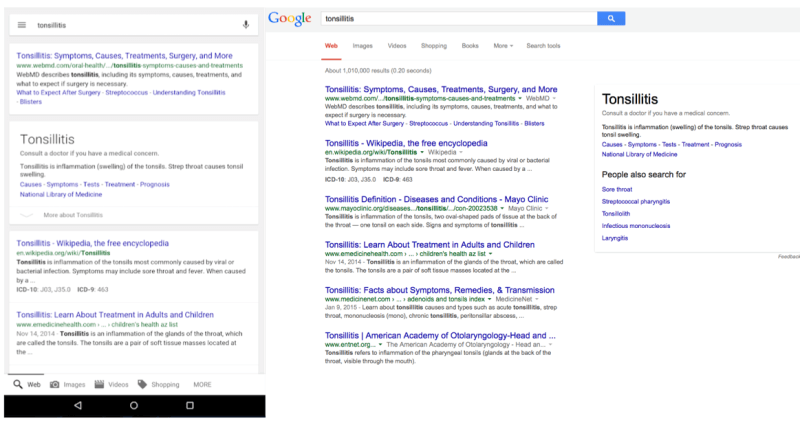Mais médicos: boom de brasileiros inscritos
CFM alerta para a necessidade de garantir condições de trabalho e os problemas no acesso à Residência Médica
Os médicos brasileiros estão dispostos e interessados em ocupar as áreas de baixa cobertura assistencial, contribuindo para a melhora do acesso aos serviços de saúde em municípios e regiões de difícil provimento. Os dados do balanço da nova etapa do Programa Mais Médicos confirmam esse cenário. Com base nos números, o Conselho Federal de Medicina (CFM) ressalta o engajamento dos profissionais brasileiros e mantém sua posição com respeito à iniciativa.
Para a autarquia, além de assegurar a participação de médicos brasileiros qualificados, cabe ao Governo oferecer condições mínimas para que o atendimento seja realizado à população. O CFM também está preocupado com o desequilíbrio nos processos de seleção para Programas de Residência Médica (PRMs) no Brasil, causado pela oferta de um bônus de 10% aos que comprovarem passagem pelo Mais Médicos. Este Programa, que teve início em 2013, conta hoje com cerca de 11 mil intercambistas cubanos que nunca tiveram qualificação comprovada.
Sem preconceito
O presidente do CFM, Carlos Vital, afirma que não há preconceito quanto à presença de estrangeiros dentro do Mais Médicos. “Eles são bem-vindos, desde que com diplomas revalidados, qualificados, capacitados tecnicamente e com boa formação humanística”, enumerou. Com relação a este aspecto, o Conselho defende que o exercício da Medicina no Brasil para os que obtiveram diplomas em outros países seja possível apenas se forem aprovados pelo Revalida, exame criado pelo Governo e que mede de forma isenta conhecimentos, capacidades e competências.
A aprovação no Revalida, que avalia os candidatos de forma documental, teórica, prática e deontológica, reduz a possibilidade de que pessoas coloquem em risco a população, especialmente a parcela mais vulnerável, que depende exclusivamente do Sistema Único de Saúde (SUS).
Dados oficiais
De acordo com os números oficiais, mais de 15 mil médicos brasileiros se apresentaram para preencher as 4.146 vagas do Mais Médicos, em sua nova etapa, cujo processo de seleção começou em 15 de janeiro deste ano. Atendendo ao chamado para ocupação de postos em regiões com carência de profissionais, os médicos com registro regular nos Conselhos Regionais de Medicina (CRMs) escolheram as localidades onde atuarão e ocuparam 95% das vagas.
De acordo com o Ministério da Saúde, 50% dos municípios escolhidos estão dentro de critérios de vulnerabilidade social e econômica, como cidades localizadas no semiárido e nos Vales do Jequitinhonha, Mucuri e Ribeira. Dos 12 distritos indígenas que solicitaram mais profissionais, 11 também tiveram suas vagas completamente preenchidas pelos médicos com inscrição regular nos CRMs.
“Apesar de alguns afirmarem que os médicos brasileiros não querem trabalhar no interior e dessa falsa premissa ter sido utilizada para justificar a contratação de intercambistas cubanos via Organização Pan-Americana de Saúde (Opas), está provado que – quando há estímulo - o médico brasileiro está pronto e disposto a atuar em todas as localidades, sem distinção”, disse o conselheiro Mauro Ribeiro, 1º vice-presidente.
Mudança
Para ele, o alto interesse dos médicos brasileiros aponta para a necessidade de rever o Mais Médicos. “Não existe mais justificativa numérica para manter o convênio com a Opas, permitindo-se a vinda de intercambistas cubanos. Há profissionais com diplomas emitidos no Brasil em quantidade suficiente para ocupar as vagas existentes”, disse Ribeiro, para quem não foi surpresa a alta adesão registrada.
O Ministério da Saúde informou que dos 15.747 médicos com registro profissional do Brasil que se inscreveram no edital, 12.580 selecionaram municípios e 3.936 conseguiram ocupar vagas disponíveis. Deste total, 2.330 médicos optaram pelo benefício da pontuação de 10% nas provas de Residência Médica, caso tenha conceito satisfatório no seu percurso educacional, e outros 676 profissionais escolheram os benefícios do Mais Médicos. O restante (930) decidiu continuar atuando nos municípios onde já se encontram por conta do Programa de Valorização da Atenção Básica (Provab).
Tais dados são parte do resultado da primeira chamada anunciado, na quarta-feira (11), pelo ministro Arthur Chioro. De acordo com o cronograma previsto em edital, os médicos com inscrição nos CRMs terão a oportunidade de participar de uma segunda chamada nos dias 23 e 24 de fevereiro, quando poderão escolher dentre as localidades remanescentes. Há 210 vagas ainda não preenchidas e algumas das opções estão nos estados de Goiás, Santa Catarina, Maranhão, São Paulo, Pará, Pernambuco, Rio Grande do Sul, Mato Grosso e Paraná. Há também quatro disponíveis em distritos indígenas – que já tiveram 31 vagas preenchidas.
Más condições
Independentemente da alta adesão dos brasileiros, lideranças do CFM alertam para dois outros pontos que devem ser corrigidos no processo. O primeiro é estrutural. “Os médicos não podem fazer milagres. É preciso que o Estado ofereça condições de trabalho adequadas para que o atendimento seja realmente eficaz. Os postos de saúde precisam de boa estrutura, equipamentos, insumos e equipes multidisciplinares que atuem de forma integrada em prol do cidadão. Além disso, os participantes precisam de apoio, com a oferta de educação continuada e a presença de tutores e supervisores para orientá-los em sua formação”, disse o presidente Carlos Vital.
Outro aspecto preocupante para o CFM é o valor da bonificação atribuída aos participantes interessados em disputar vagas em PRMs após sua passagem pelo Mais Médicos ou Provab. O CFM entende que os 10% oferecidos causa desequilíbrio nos processos de seleção dos diferentes programas de pós-graduação médica.
“Da maneira como está, instalou-se uma espécie de serviço civil obrigatório, penalizando os que não aderirem ao Provab ou ao Mais Médicos por conta da oferta de bônus, tornando-lhes quase impossível acesso aos Programas de Residência Médica pelas vias normais. É preciso rever esse parâmetro, até para que haja isonomia na forma de acesso à pós-graduação”, alertou o vice-presidente Mauro Ribeiro.
Fonte: CFM
















